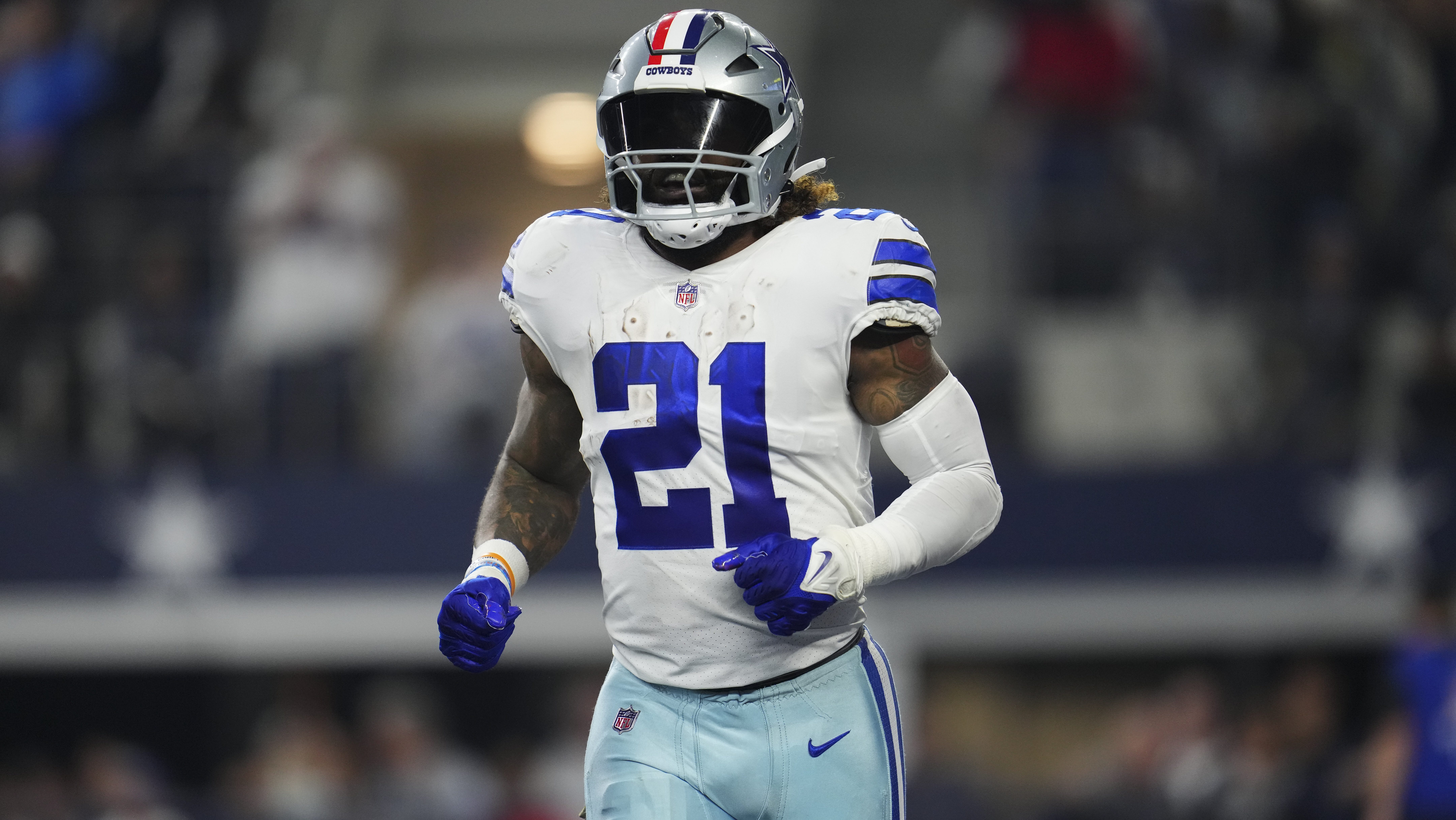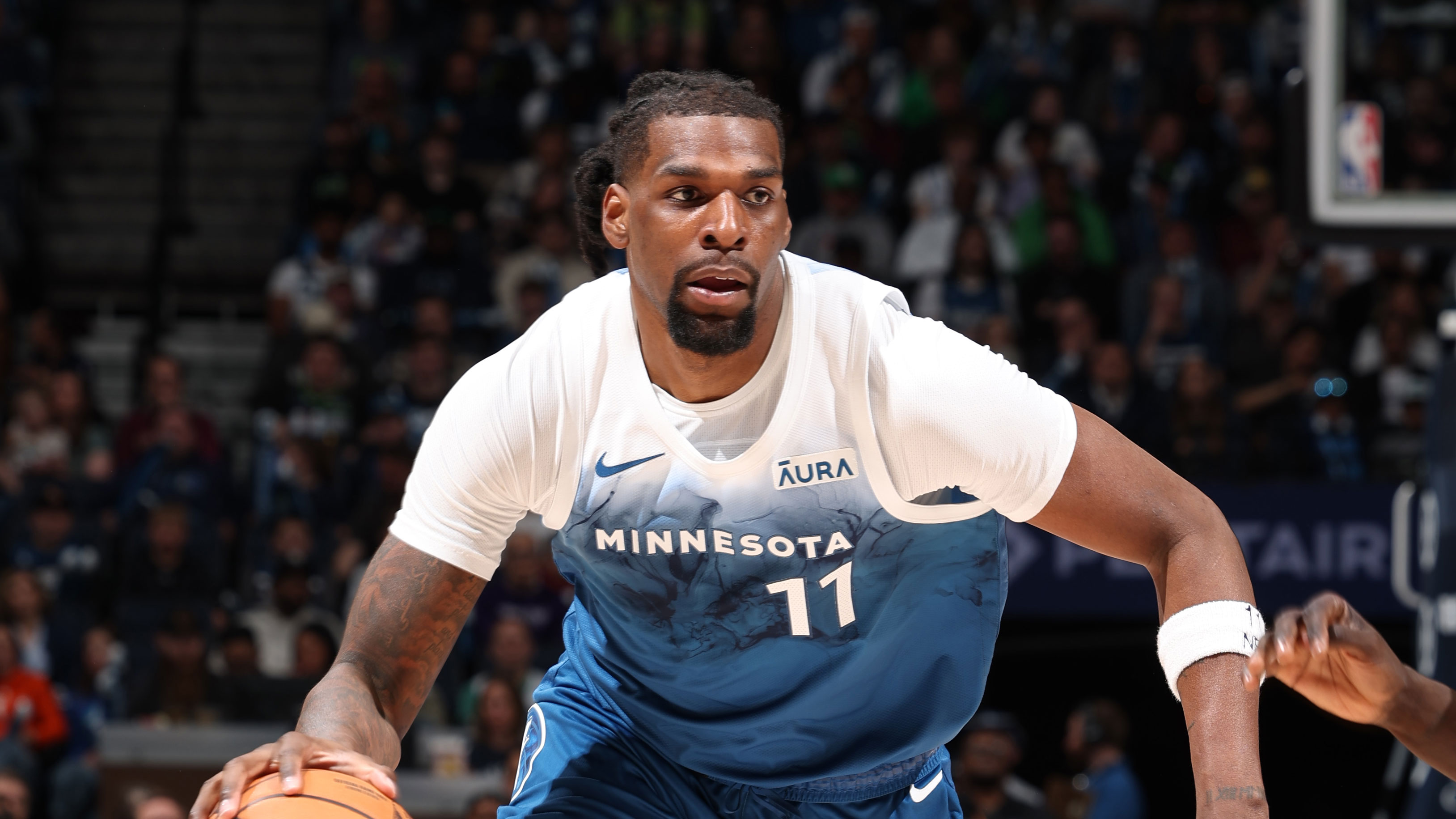Pockets of the Canadian media continue to push an anti-fighting agenda, trotting out polls that show support for the nebulous concept of "stricter penalties" in the NHL for fisticuffs. The New York Times has eulogized the late amateur hockey player Don Sanderson, whose death sparked this recent fighting debate, with an article and photo slideshow that paints Sanderson as the guy who takes girlfriends on surprise picnics and hockey fighters as "brutish enforcers."
In light of the tragedy and its aftermath, the pressure has been mounting for the NHL to address fighting again at a League level. And the League will do just that.

Colin Campbell, the NHL's director of hockey operations, plans to ask the league's 30 general managers if they want to ban fighting.
The question will come at the general managers' annual meeting in Naples, Fla., in early March. It will be part of a long look at fighting by the league and its GMs, although a vote to ban fisticuffs from the NHL version of the game is unlikely. "I think that will be a very short discussion," Toronto Maple Leafs president and general manager Brian Burke said yesterday. "I am not in favour of it."
But Burke's justifications to the Toronto Star ring a little hollow:
"If you take fighting out of the game, you eliminate the players' ability to regulate the violence in the game. That's what fighting does. It's not gratuitous. It's not to sell tickets.
... Fighting to me is the self-policing mechanism in the game to prevent the head shots, the hits from behind, and I will never vote to have it eliminated."
Sports
Yes, fighting is the fundamental way for players to police themselves in the game. But who are we kidding: it does sell tickets.
The promise of fisticuffs used to be the reason to watch a Bob Probert game against a rival fighter. It's still the reason certain minor leagues continue to draw well in non-traditional markets. I'll always go back to when the Nashville Predators first started playing in Tennessee; one of the first players featured on a giant billboard in the city was Stu "The Grim Reaper" Grimson. It probably wasn't for his matinee idol looks.
That's where things get weird when it comes to fighting and Commissioner Gary Bettman. On the one hand, the League ran away from marketing violence when it was entering non-traditional markets in the 1990s expansion. On the other hand, Bettman is legitimately an advocate for fighting's place in the game, and knows what his core audience wants in that regard.
What the NHL and Bettman are doing is passing the buck to the general managers, knowing that the GMs will quickly reject any notion of a fighting ban. At the same time, they can appease critics by talking about safety measures like helmet or chin-strap rules that emerge from the debate.
From The NHL Hour on XM (.mp3), here's Bettman from last week:
"There had been some discussion recently about steps taken by developmental leagues concerning it. Obviously, fighting in our game is not a subject for which there's ever been a shortage of opinion, either pro or con. There's never been an overwhelming consensus at the NHL level to support a fundamental change in terms of how this league has addressed the issue and dealt with fighting. That said ... we continually evaluate whether changes should be made.
"It's something that has become more scrutinized, in light of the tragedy involving Don Sanderson, and I have no doubt that our managers and the competition committee will take a look at things again, be it the rules of engagement or chin straps or the like. This isn't something you can rush to judgment on. This is something that has to be careful evaluated and analyzed and thought through.
"To the extent anyone thinks that a change should be made, it's something we're going to have to look at a very deliberative way."
Will there be tweaks to current fighting rules or punishments? It's possible. Even as a fighting advocate, I'd like to see what the OHL helmet rules do for player safety. A broken hand vs. a player slamming his head to the ice is an easy call, right?
But as the New York Times pointed out in its Sanderson story, even harsher penalties for fighting won't be a complete deterrent. From the Times:
To those who wonder whether Sanderson's death will serve as a deterrent to fighting, they need look no further than his own team. In the seven games since his death, Dunlops players have been penalized for fighting three times, including once on Friday, the night before the tribute to Sanderson.
How exactly can you even imagine "banning" fighting in hockey when Sanderson's teammates drop the gloves the night before he's memorialized?
Love it or hate it, fighting is a fundamental, culturally engrained facet of the game. Elliotte Friedman hit the nail on the head: It'll take generations of change on a grassroots level to eliminate fighting from hockey, if it ever does leave the game.
It's a fact that I'm sure frustrates the hell out of a guy like Ken Campbell of The Hockey News, one of the leaders in the drive to ban fighting from all levels of hockey.
Campbell wrote about it again this week, stunned that Eric Lindros actually advocated for the removal of the instigator penalty from the rulebook. From Campbell:
The instigator rule is a red herring the fighting lobby likes to trot out every time somebody gets hurt. First, the instigator is a penalty that is rarely called, so it's a non-factor. Second, I don't see too many players thinking about the ramifications of the instigator rule when they're beating down an opponent for putting a clean hit on their teammates. Third, do people really believe that abolishing the instigator rule is going to deter players such as Jordin Tootoo and Colby Armstrong from "finishing their checks" from the other side of the rink?
Those who love fighting and view the death of Don Sanderson as a "tragic accident" and a one-in-a-million occurrence can rest easily knowing they have a champion in those who run this sport. Things will never change, it seems.
First, I'd leave it up to the players to determine what is or is not a deterrent for cheap shots.
Second ... a player dies accidently from a fight, and we ban fighting. What happens when tragedy strikes in another facet of the game? What about from a elbow head shot on an open-ice check? Or a crosscheck to the back of the neck against the glass? Those aren't a part of the game either, and are just as illegal as a hockey fight. What then?
Perhaps we can only accept that hockey is, fundamentally, a violent sport. Just as men and women accept a certain amount of risk in choosing to play it, and have for generations.



